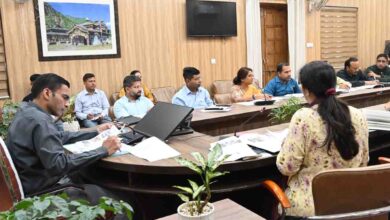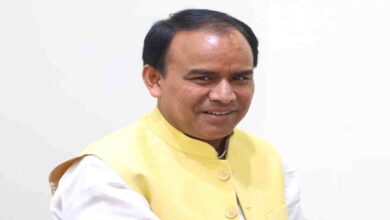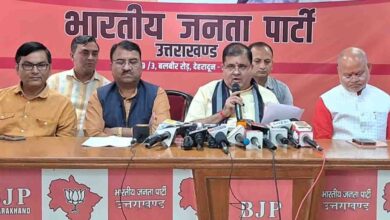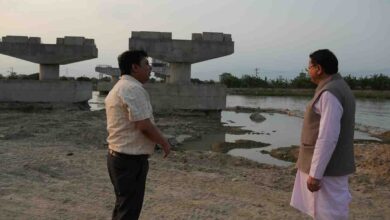Harish Rawat lavishes praise on CM Trivendra
Lauds the CM for regret on comment made by BJP state president
Setting up an example of political bonhomie among major political rivals, the former chief minister Harish Rawat has praised Uttarakhand Chief Minister Trivendra Singh Rawat for expressing regret on the derogatory comment made by the state president of BJP Bansidhar Bhagat. The former CM congratulated the incumbent CM for showing appreciable political acumen on the issue thus partially saving his party from humiliation.
Harish Rawat took to social media to congratulate Trivendra Singh Rawat on Wednesday. He also thanked the CM for his order regarding the nursing graduates and differently abled government employees after overcoming Coronavirus. It is worth mentioning here that CM Rawat on Tuesday had directed the health secretary to remove the clause of compulsion of Form 16 and experience of at least one year in a 30 bed hospital from the recruitment process of 1238 posts of nurses. He also increased the quota of differently abled government employees in the allotment of government accommodations. Both these orders were welcomed by the former CM Harish Rawat. Incidentally the CM gave the order on the nursing recruitment process a day after a delegation of the nursing graduates led by Kedarnath MLA Manoj Rawat met Harish Rawat in Dehradun.
Harish Rawat had appealed to the state government to withdraw controversial and impractical provisions from the recruitment of nurses.
Thursday, 07 January 2021 | PNS | Dehradun






